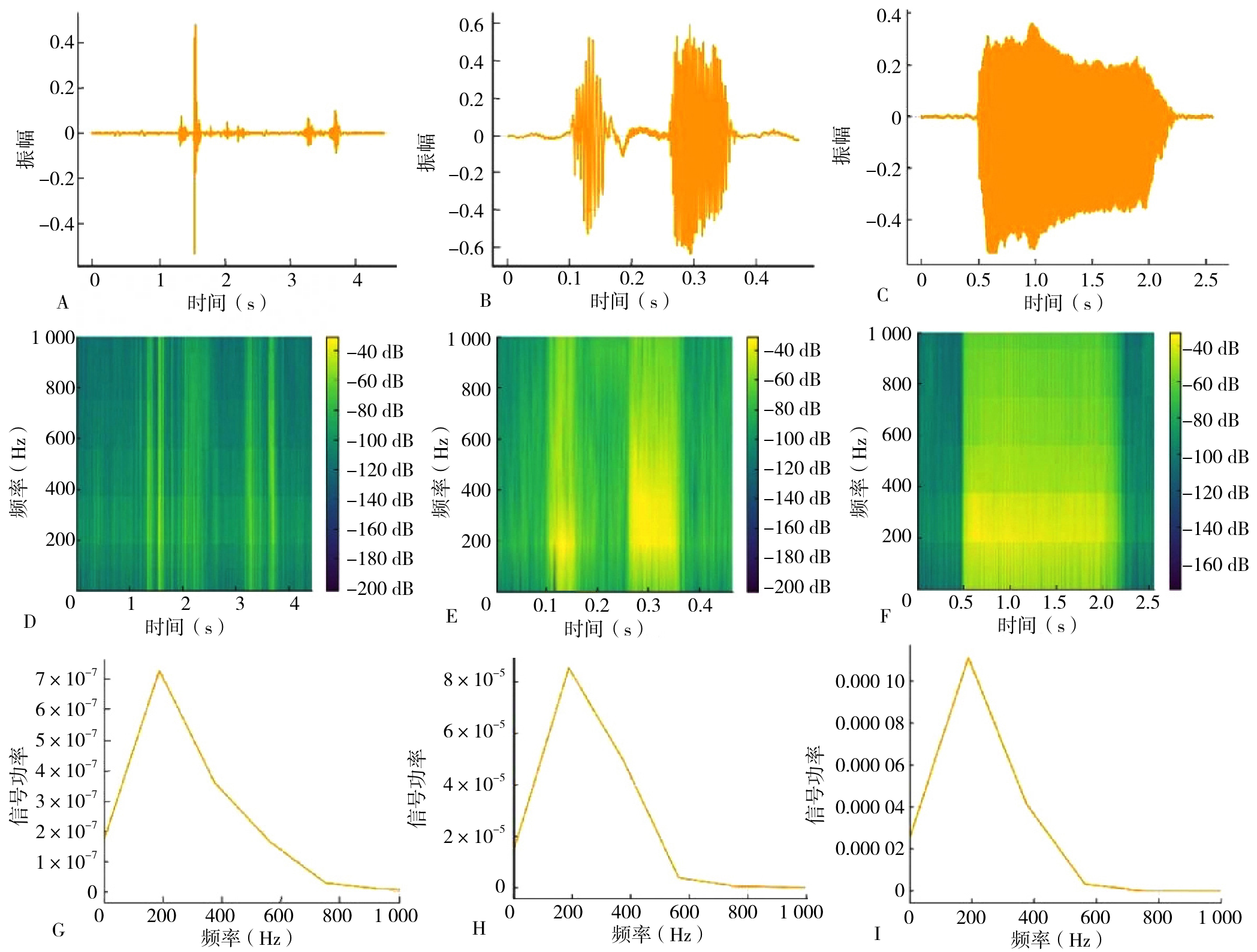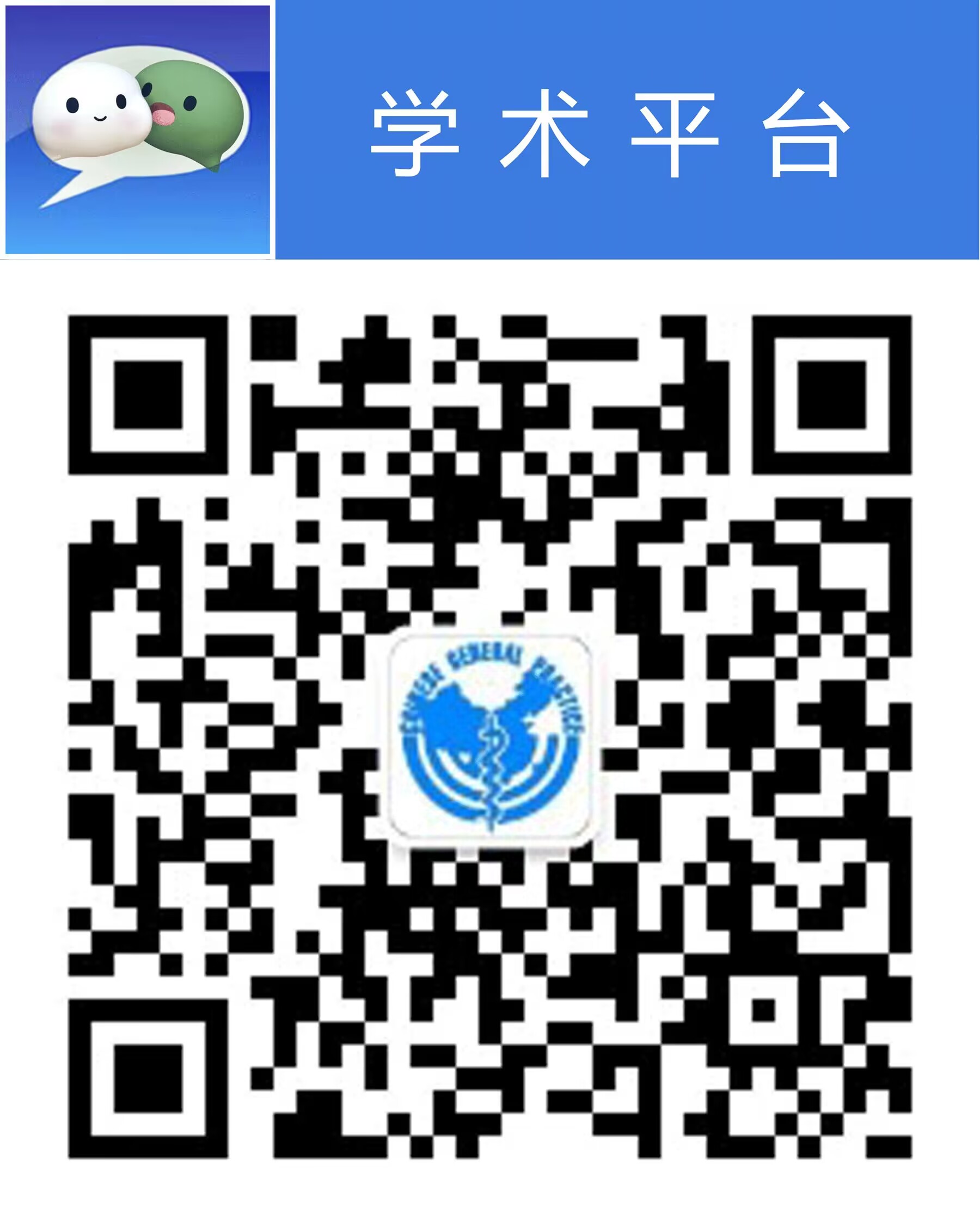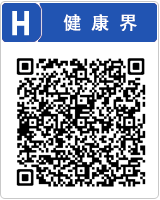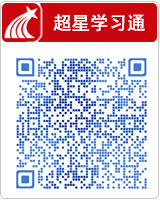中国全科医学 ›› 2025, Vol. 28 ›› Issue (29): 3638-3644.DOI: 10.12114/j.issn.1007-9572.2025.0238
收稿日期:2025-07-10
修回日期:2025-08-01
出版日期:2025-10-15
发布日期:2025-08-26
通讯作者:
尚少梅
作者贡献:
李丹提出主要研究目标,负责研究的构思与设计,研究的实施,撰写论文。刘涛负责现场招募、数据采集与整理,协助音频信号处理、特征提取与标注,修改论文。罗维、宋红丹负责现场招募、数据采集与整理。尚少梅负责文章的质量控制与审查,对文章整体负责,监督管理。
基金资助:
LI Dan, LIU Tao, LUO Wei, SONG Hongdan, SHANG Shaomei*( )
)
Received:2025-07-10
Revised:2025-08-01
Published:2025-10-15
Online:2025-08-26
Contact:
SHANG Shaomei
摘要: 吞咽障碍在老年群体中发病率高,若未能及时识别与干预,易引发误吸、营养不良及肺部感染等严重并发症。近年来,基于声学特征的吞咽功能评估因其非侵入性、可操作性强及适用于远程监测等优势,受到广泛关注。然而,现有研究普遍存在样本量小、音频类型单一、采集与处理标准不统一等问题,制约了声学技术在吞咽障碍识别中的深入应用。本研究在北京市和石家庄市13家养老机构中招募650名受试者,纳入635名合格受试者,共采集7 922条涵盖吞咽音、咳嗽音与语音的有效音频。每条音频提取23个声学特征,涵盖时域、频域、能量及非线性4个维度,共提取182 206个声学特征。基于波形图、时频图与频谱图分析,初步验证了不同音频事件在多维度声学特征上的显著差异。最终,本研究开发了一套标准化的吞咽声学数据采集与处理流程,构建了覆盖多类型音频事件与多维度声学特征的吞咽声学数据库,为后续声学标志物识别、智能识别模型构建、远程吞咽功能评估系统开发等提供了数据支撑,具有重要科研价值与广阔应用前景。
| 步骤 | 类型 | 任务 | 重复次数(次) | 持续时间 | 间隔时间(s) |
|---|---|---|---|---|---|
| 1 | 语音 | 发/i/音 | 3 | 2 s | 10 |
| 2 | 咳嗽音 | 模拟咳嗽 | 3 | 自然时长 | 10 |
| 3 | 吞咽音 | 10 mL水吞咽 | 3 | 自然时长 | 10 |
| 4 | 语音 | 发/i/音 | 3 | 2 s | 10 |
表1 动态采集任务
Table 1 Task-based audio acquisition
| 步骤 | 类型 | 任务 | 重复次数(次) | 持续时间 | 间隔时间(s) |
|---|---|---|---|---|---|
| 1 | 语音 | 发/i/音 | 3 | 2 s | 10 |
| 2 | 咳嗽音 | 模拟咳嗽 | 3 | 自然时长 | 10 |
| 3 | 吞咽音 | 10 mL水吞咽 | 3 | 自然时长 | 10 |
| 4 | 语音 | 发/i/音 | 3 | 2 s | 10 |
| 声学特征 | 定义 | 计算方法 |
|---|---|---|
| 音频持续时间 | 音频持续时间是指音频信号从开始到结束的时间长度,通常以毫秒(ms)为单位表示,其反映了声音信号的时间跨度,能够描述声音的持续时间 | 通过音频文件的起始点和结束点的时间差来计算 |
| 振幅均值 | 振幅均值是指音频信号在一定时间范围内信号振幅的平均值,其反映了信号强度的平均水平。通常计算的是信号的绝对值,以确保振幅无论是正还是负均能被计算在内 | 振幅均值通常通过以下公式计算:振幅均值= |
| 振幅标准差 | 振幅标准差是指音频信号的振幅变化程度,描述了信号振幅的离散程度或波动性,衡量了信号强度的变化幅度或波动性。较高的标准差意味着信号的振幅波动较大,较低的标准差则表明信号振幅较为稳定 | 振幅标准差通过以下公式计算:振幅标准差= |
| 偏度 | 偏度是衡量数据分布对称性的一种统计量,其反映了数据分布的对称性,显示数据是右偏还是左偏 | 偏度通过以下公式计算:偏度= |
| 峰度 | 峰度是衡量数据分布形态的锋锐度或平坦度的统计量,其反映了数据分布的形态,显示数据是否有较重的尾部或者较高的峰。高峰度值意味着数据有较重的尾部,低峰度值则意味着数据分布较平缓 | 度通过以下公式计算:峰度= |
表2 时域维度声学特征的定义及计算方法
Table 2 Definitions and calculation methods of temporal acoustic features
| 声学特征 | 定义 | 计算方法 |
|---|---|---|
| 音频持续时间 | 音频持续时间是指音频信号从开始到结束的时间长度,通常以毫秒(ms)为单位表示,其反映了声音信号的时间跨度,能够描述声音的持续时间 | 通过音频文件的起始点和结束点的时间差来计算 |
| 振幅均值 | 振幅均值是指音频信号在一定时间范围内信号振幅的平均值,其反映了信号强度的平均水平。通常计算的是信号的绝对值,以确保振幅无论是正还是负均能被计算在内 | 振幅均值通常通过以下公式计算:振幅均值= |
| 振幅标准差 | 振幅标准差是指音频信号的振幅变化程度,描述了信号振幅的离散程度或波动性,衡量了信号强度的变化幅度或波动性。较高的标准差意味着信号的振幅波动较大,较低的标准差则表明信号振幅较为稳定 | 振幅标准差通过以下公式计算:振幅标准差= |
| 偏度 | 偏度是衡量数据分布对称性的一种统计量,其反映了数据分布的对称性,显示数据是右偏还是左偏 | 偏度通过以下公式计算:偏度= |
| 峰度 | 峰度是衡量数据分布形态的锋锐度或平坦度的统计量,其反映了数据分布的形态,显示数据是否有较重的尾部或者较高的峰。高峰度值意味着数据有较重的尾部,低峰度值则意味着数据分布较平缓 | 度通过以下公式计算:峰度= |
| 声学特征 | 单位 | 定义 | 计算方法 |
|---|---|---|---|
| 基频F0 | Hz | 基频F0是指音频信号的最基本的振动频率,即音频信号的周期性波动的频率,通常被认为是声音的"音高" | 对音频信号进行傅里叶变换,得到其频谱。在频谱中找到幅度最大的频率成分,该频率对应的值即为基频F0 |
| 共振峰F1 | Hz | 共振峰是声音信号在发声过程中,由于声道的共振作用产生的频率特征。共振峰F1反映口腔的开口程度,通常和声音的元音特征相关 | 将信号分帧,并加窗(如汉明窗)处理,以减少频谱泄漏。对每一帧信号进行短时傅里叶变换,得到每帧信号的频谱。在频谱中找到频率峰值。频谱的主峰位置通常对应共振峰(F1、F2、F3)频率。通过识别频谱中的多个主峰,提取前几个共振峰频率 |
| 共振峰F2 | Hz | 共振峰F2与嘴部形状和舌头的位置有关 | 将信号分帧,并加窗(如汉明窗)处理,以减少频谱泄漏。对每一帧信号进行短时傅里叶变换,得到每帧信号的频谱。在频谱中找到频率峰值。频谱的主峰位置通常对应共振峰(F1、F2、F3)频率。通过识别频谱中的多个主峰,提取前几个共振峰频率 |
| 共振峰F3 | Hz | 共振峰F3更多与口腔腔体的形状和声带共振有关 | 将信号分帧,并加窗(如汉明窗)处理,以减少频谱泄漏。对每一帧信号进行短时傅里叶变换,得到每帧信号的频谱。在频谱中找到频率峰值。频谱的主峰位置通常对应共振峰(F1、F2、F3)频率。通过识别频谱中的多个主峰,提取前几个共振峰频率 |
| 峰值频率 | Hz | 峰值频率是指信号频谱中最大幅值对应的频率,其代表了信号中能量最强的频率成分 | 首先对信号进行傅里叶变换,将信号从时域转换到频域。其次获取频谱的振幅与频率的关系。最后在频谱中,找到幅度最大的频率成分,即为峰值频率 |
| 中心频率 | Hz | 中心频率是信号频谱的加权平均频率,表示信号频谱中能量的集中位置,其通常用于描述信号的主频带或带宽中心的频率 | 首先对信号进行傅里叶变换,得到信号的频谱。而后计算信号频谱的加权平均频率,计算公式如下:fc= |
| 频率带宽 | Hz | 频率带宽是指信号频谱中包含大部分能量的频率范围。带宽越宽,表示信号的频率成分越广泛 | 对信号进行傅里叶变换,得到频谱。选择一个能量阈值。找到对应能量阈值的频率范围,计算频谱的带宽,计算公式如下:带宽=fhigh-flow,其中,fhigh和flow分别是阈值下降点的上限和下限频率 |
| 谐波噪声比(HNR) | dB | HNR是衡量音频信号中谐波成分与噪声成分之间关系的指标。谐波成分是指信号中周期性波形的整数倍频率成分。噪声成分是指信号中不规则、随机或非周期性部分。HNR越高,表示信号的谐波成分越强,噪声成分越弱,信号的清晰度和质量通常越好 | HNR计算公式如下: |
| HNR标准差 | dB | HNR标准差是指信号中各帧或各段时间内HNR的标准差,其描述了信号的HNR在时间上的波动性。较大的标准差表明信号的质量或稳定性存在较大波动 | HNR标准差计算公式如下:HNR标准差= |
| 谱质心(C) | Hz | C是频谱的加权平均频率,通常用于描述信号的频率分布特性,其反映了信号中能量的集中位置,类似于重心的概念。高C通常意味着信号包含更多高频成分,低C则表示信号偏向低频 | C的计算方法是基于频谱的加权平均频率,其公式如下:C= |
表3 频域维度声学特征的定义及计算方法
Table 3 Definitions and calculation methods of frequency-domain acoustic features
| 声学特征 | 单位 | 定义 | 计算方法 |
|---|---|---|---|
| 基频F0 | Hz | 基频F0是指音频信号的最基本的振动频率,即音频信号的周期性波动的频率,通常被认为是声音的"音高" | 对音频信号进行傅里叶变换,得到其频谱。在频谱中找到幅度最大的频率成分,该频率对应的值即为基频F0 |
| 共振峰F1 | Hz | 共振峰是声音信号在发声过程中,由于声道的共振作用产生的频率特征。共振峰F1反映口腔的开口程度,通常和声音的元音特征相关 | 将信号分帧,并加窗(如汉明窗)处理,以减少频谱泄漏。对每一帧信号进行短时傅里叶变换,得到每帧信号的频谱。在频谱中找到频率峰值。频谱的主峰位置通常对应共振峰(F1、F2、F3)频率。通过识别频谱中的多个主峰,提取前几个共振峰频率 |
| 共振峰F2 | Hz | 共振峰F2与嘴部形状和舌头的位置有关 | 将信号分帧,并加窗(如汉明窗)处理,以减少频谱泄漏。对每一帧信号进行短时傅里叶变换,得到每帧信号的频谱。在频谱中找到频率峰值。频谱的主峰位置通常对应共振峰(F1、F2、F3)频率。通过识别频谱中的多个主峰,提取前几个共振峰频率 |
| 共振峰F3 | Hz | 共振峰F3更多与口腔腔体的形状和声带共振有关 | 将信号分帧,并加窗(如汉明窗)处理,以减少频谱泄漏。对每一帧信号进行短时傅里叶变换,得到每帧信号的频谱。在频谱中找到频率峰值。频谱的主峰位置通常对应共振峰(F1、F2、F3)频率。通过识别频谱中的多个主峰,提取前几个共振峰频率 |
| 峰值频率 | Hz | 峰值频率是指信号频谱中最大幅值对应的频率,其代表了信号中能量最强的频率成分 | 首先对信号进行傅里叶变换,将信号从时域转换到频域。其次获取频谱的振幅与频率的关系。最后在频谱中,找到幅度最大的频率成分,即为峰值频率 |
| 中心频率 | Hz | 中心频率是信号频谱的加权平均频率,表示信号频谱中能量的集中位置,其通常用于描述信号的主频带或带宽中心的频率 | 首先对信号进行傅里叶变换,得到信号的频谱。而后计算信号频谱的加权平均频率,计算公式如下:fc= |
| 频率带宽 | Hz | 频率带宽是指信号频谱中包含大部分能量的频率范围。带宽越宽,表示信号的频率成分越广泛 | 对信号进行傅里叶变换,得到频谱。选择一个能量阈值。找到对应能量阈值的频率范围,计算频谱的带宽,计算公式如下:带宽=fhigh-flow,其中,fhigh和flow分别是阈值下降点的上限和下限频率 |
| 谐波噪声比(HNR) | dB | HNR是衡量音频信号中谐波成分与噪声成分之间关系的指标。谐波成分是指信号中周期性波形的整数倍频率成分。噪声成分是指信号中不规则、随机或非周期性部分。HNR越高,表示信号的谐波成分越强,噪声成分越弱,信号的清晰度和质量通常越好 | HNR计算公式如下: |
| HNR标准差 | dB | HNR标准差是指信号中各帧或各段时间内HNR的标准差,其描述了信号的HNR在时间上的波动性。较大的标准差表明信号的质量或稳定性存在较大波动 | HNR标准差计算公式如下:HNR标准差= |
| 谱质心(C) | Hz | C是频谱的加权平均频率,通常用于描述信号的频率分布特性,其反映了信号中能量的集中位置,类似于重心的概念。高C通常意味着信号包含更多高频成分,低C则表示信号偏向低频 | C的计算方法是基于频谱的加权平均频率,其公式如下:C= |
| 声学特征 | 单位 | 定义 | 计算方法 |
|---|---|---|---|
| 总能量 | dB | 总能量是指音频信号在给定时间范围内的能量总和,用于表示信号的强度。较高的总能量通常意味着信号的强度较大 | 总能量是信号在一段时间内所有频率成分的能量的和。具体计算公式如下:Etotal= |
| 平均功率 | dB | 平均功率是指音频信号在一段时间内的平均能量,其通常用来描述信号的平均强度,并用于衡量信号的持续能力。与总能量不同,平均功率是对总能量的时间归一化处理,表示信号的平均能量密度 | 平均功率是信号每个采样点的能量的平均值,计算公式如下: |
| 峰值功率 | dB | 峰值功率是指音频信号在一段时间内的最大瞬时功率,其表示信号的瞬时强度的最大值,通常用于检测信号的极端强度 | 峰值功率是信号中的最大幅度值的平方,计算公式如下:Ppeak=10×log10[max(|xi|2)],其中,Ppeak是峰值功率,单位是dB;xi是信号在第i个时刻的幅度 |
表4 能量维度声学特征的定义及计算方法
Table 4 Definitions and calculation methods of energy-domain acoustic features
| 声学特征 | 单位 | 定义 | 计算方法 |
|---|---|---|---|
| 总能量 | dB | 总能量是指音频信号在给定时间范围内的能量总和,用于表示信号的强度。较高的总能量通常意味着信号的强度较大 | 总能量是信号在一段时间内所有频率成分的能量的和。具体计算公式如下:Etotal= |
| 平均功率 | dB | 平均功率是指音频信号在一段时间内的平均能量,其通常用来描述信号的平均强度,并用于衡量信号的持续能力。与总能量不同,平均功率是对总能量的时间归一化处理,表示信号的平均能量密度 | 平均功率是信号每个采样点的能量的平均值,计算公式如下: |
| 峰值功率 | dB | 峰值功率是指音频信号在一段时间内的最大瞬时功率,其表示信号的瞬时强度的最大值,通常用于检测信号的极端强度 | 峰值功率是信号中的最大幅度值的平方,计算公式如下:Ppeak=10×log10[max(|xi|2)],其中,Ppeak是峰值功率,单位是dB;xi是信号在第i个时刻的幅度 |
| 声学特征 | 单位 | 定义 | 计算方法 |
|---|---|---|---|
| 振幅微扰 | % | 振幅微扰是描述信号振幅变化程度的指标,反映了信号在时间轴上的振幅不稳定性或波动性 | 振幅微扰是计算信号中每段周期或每帧信号的振幅变化,并衡量这些变化的程度。其计算公式如下:振幅微扰= |
| 基频微扰 | % | 基频微扰是描述信号基频(或音高)变化的指标,反映了信号的基频不稳定性 | 基频微扰计算信号中每个周期(或帧)之间基频变化的程度。常见的计算方法包括计算相邻周期之间基频的变化,并衡量其变化幅度,常用公式如下:基频微扰= |
| 波形分形维数 | 波形分形维数是用来描述信号复杂性的一个指标,反映了信号自相似性的程度以及其粗糙度或不规则性。较高的分形维数表示信号在多尺度上具有较强的复杂性和不规则性,而较低的分形维数则表示信号较为规则或平滑 | 本研究使用盒计数法计算波形分形维数,计算公式如下: | |
| 聚合熵 | 聚合熵是一种度量信号不确定性或复杂性的方法,衡量信号中不同时间尺度下的信息量。聚合熵通过分析信号中各个时间尺度上的信息聚集情况来评估其整体的复杂度,其用于描述信号的规律性和非周期性 | 聚合熵通过将信号分割成多个时间段(不同时间尺度),然后计算每个段的熵,最后将这些熵值合并。其计算公式如下:聚合熵= | |
| 平均熵 | 平均熵是信号熵的平均值,表示信号中信息的不确定性或复杂性,其衡量的是信号的随机性,值越高表示信号越复杂、不规则,越低则表示信号越有规律 | 平均熵是将信号在多个时间窗口中计算的熵值求平均,计算公式如下:平均熵= |
表5 非线性维度声学特征的定义及计算方法
Table 5 Definitions and calculation methods of nonlinear-domain acoustic features
| 声学特征 | 单位 | 定义 | 计算方法 |
|---|---|---|---|
| 振幅微扰 | % | 振幅微扰是描述信号振幅变化程度的指标,反映了信号在时间轴上的振幅不稳定性或波动性 | 振幅微扰是计算信号中每段周期或每帧信号的振幅变化,并衡量这些变化的程度。其计算公式如下:振幅微扰= |
| 基频微扰 | % | 基频微扰是描述信号基频(或音高)变化的指标,反映了信号的基频不稳定性 | 基频微扰计算信号中每个周期(或帧)之间基频变化的程度。常见的计算方法包括计算相邻周期之间基频的变化,并衡量其变化幅度,常用公式如下:基频微扰= |
| 波形分形维数 | 波形分形维数是用来描述信号复杂性的一个指标,反映了信号自相似性的程度以及其粗糙度或不规则性。较高的分形维数表示信号在多尺度上具有较强的复杂性和不规则性,而较低的分形维数则表示信号较为规则或平滑 | 本研究使用盒计数法计算波形分形维数,计算公式如下: | |
| 聚合熵 | 聚合熵是一种度量信号不确定性或复杂性的方法,衡量信号中不同时间尺度下的信息量。聚合熵通过分析信号中各个时间尺度上的信息聚集情况来评估其整体的复杂度,其用于描述信号的规律性和非周期性 | 聚合熵通过将信号分割成多个时间段(不同时间尺度),然后计算每个段的熵,最后将这些熵值合并。其计算公式如下:聚合熵= | |
| 平均熵 | 平均熵是信号熵的平均值,表示信号中信息的不确定性或复杂性,其衡量的是信号的随机性,值越高表示信号越复杂、不规则,越低则表示信号越有规律 | 平均熵是将信号在多个时间窗口中计算的熵值求平均,计算公式如下:平均熵= |
| 类型 | 非吞咽障碍音频 | 吞咽障碍音频 | 总音频 |
|---|---|---|---|
| 吞咽音 | 1 834 | 803 | 2 637 |
| 咳嗽音 | 1 015 | 277 | 1 292 |
| 语音 | 2 976 | 1 017 | 3 993 |
| 总计 | 5 825 | 2 097 | 7 922 |
表6 吞咽声学数据库样本数量(条)
Table 6 Swallowing acoustic database sample summary
| 类型 | 非吞咽障碍音频 | 吞咽障碍音频 | 总音频 |
|---|---|---|---|
| 吞咽音 | 1 834 | 803 | 2 637 |
| 咳嗽音 | 1 015 | 277 | 1 292 |
| 语音 | 2 976 | 1 017 | 3 993 |
| 总计 | 5 825 | 2 097 | 7 922 |

图3 不同类型音频波形图、时频图与频谱分析图注:A~C为波形图,D~F为时频图,G~I为频谱分析图,其中A、D、G为吞咽声,B、E、H为咳嗽音,C、F、I为语音。
Figure 3 Different type diagrams of audio waveform,spectrogram,and frequency spectrum
| [1] |
|
| [2] |
|
| [3] |
郑晓娜,陈秋华,邵庭芳,等. 9种吞咽障碍筛查量表准确性的网状Meta分析[J]. 中华护理杂志,2019,54(10):1561-1566. DOI:10.3761/j.issn.0254-1769.2019.10.023.
|
| [4] |
|
| [5] |
|
| [6] |
张庆苏. 吞咽音的颈部听诊法[J]. 中国康复理论与实践,2012,18(1):53-55.
|
| [7] |
环境保护部. 声环境质量标准:GB 3096—2008[S]. 北京:中国环境科学出版社,2008.
|
| [8] |
贵州省市场监督管理局. 案件语音采集技术规范:DB52/T 1364—2018[S]. 贵阳:[出版者不详],2018.
|
| [9] |
福建省市场监督管理局. 智慧家庭人工智能语音服务通用技术规范:DB35/T 1979—2021[S]. 福州:[出版者不详],2021.
|
| [10] |
|
| [11] |
|
| [12] |
张润洪. 康复医学[M]. 3版. 北京:北京大学医学出版社,2022.
|
| [13] |
窦祖林. 吞咽障碍评估与治疗[M]. 2版. 北京:人民卫生出版社,2017.
|
| [14] |
吉林省市场监督管理厅. 老年人安全进食测试技术规范:DB22/T 3538—2023[S]. 吉林:[出版者不详],2023.
|
| [15] |
国家质量监督检验检疫总局,中国国家标准化管理委员会. 医院消毒卫生标准:GB 15982—2012[S]. 北京:中国标准出版社,2012.
|
| [16] |
国家市场监督管理总局,国家标准化管理委员会. 信息安全技术 健康医疗数据安全指南:GB/T 39725—2020[S]. 北京:中国标准出版社,2020.
|
| [17] |
文化部. 音频数据加工规范:WH/T 49—2012[S]. 北京:国家图书馆出版社,2015.
|
| [18] |
周明月,龚晨,李正华,等. 数据标注方法比较研究:以依存句法树标注为例[J]. 清华大学学报(自然科学版),2022,62(5):908-916. DOI:10.16511/j.cnki.qhdxxb.2022.22.010.
|
| [19] |
|
| [20] |
|
| [21] |
张耀文,陈华玉,唐志明,等. 数字化音频分析在吞咽障碍患者误吸风险评估中的应用[J]. 中华物理医学与康复杂志,2021,43(12):1065-1068. DOI:10.3760/cma.j.issn.0254-1424.2021.12.003.
|
| [22] |
魏昕,赵力. 语音信号处理[M]. 4版. 北京:机械工业出版社,2024.
|
| [23] |
徐科军,黄云志,林逸榕,等. 信号分析与处理[M]. 3版. 北京:清华大学出版社,2022.
|
| [1] | 许佳兰, 阎红, 文君, 周紫彤, 王思宇. 老年癌症患者潜在不适当用药发生率的Meta分析[J]. 中国全科医学, 2025, 28(30): 3815-3822. |
| [2] | 李玲, 李雅萍, 钱时兴, 聂婧, 陆春华, 李霞. 社区中老年人认知功能影响因素及风险预测研究[J]. 中国全科医学, 2025, 28(30): 3773-3778. |
| [3] | 俞海荣, 陈申, 黄静宜, 张园园, 李孟超, 崔焱, 季明辉, 沈洁淼. 吞咽障碍患者隐性误吸现况及影响因素研究[J]. 中国全科医学, 2025, 28(29): 3619-3624. |
| [4] | 刘小雪, 吕良, 冯琬婷, 杨会芳, 滕屹霖, 马天佩, 张韬, 姜侠, 龙璐, 廖加强, 樊萌语, 汪川, 杨代兰, 李佳圆, 张本. 三酰甘油-葡萄糖指数纵向轨迹与老年人肝脏硬度状况的关联研究[J]. 中国全科医学, 2025, 28(29): 3668-3673. |
| [5] | 韩雪, 刘换, 娄晓乐, 宋佳苧, 张子昂, 耿宗晓, 王姗, 张永卿, 徐磊. 间歇性θ短阵脉冲刺激联合下颌抗阻力训练治疗脑卒中患者吞咽障碍:一项随机对照试验[J]. 中国全科医学, 2025, 28(29): 3625-3630. |
| [6] | 中国康复医学会社区康复工作委员会. 社区老年人睡眠健康与康复管理中国专家共识(2025年版)[J]. 中国全科医学, 2025, 28(29): 3608-3618. |
| [7] | 李仪丙, 贾鸿博, 樊小农, 赵文君, 刘巍, 葛文逸, 李宋姣, 雷康辰, 张梦龙, 张薇薇, 陈阳, 李礼. 卒中后吞咽障碍预后影响因素的综合评估:一项伞形综述[J]. 中国全科医学, 2025, 28(29): 3631-3637. |
| [8] | 唐玲, 张国良, 李振坤, 司圣波, 刘强, 陈任, 任佰玲. 中老年慢性病患者卫生服务利用及影响因素研究[J]. 中国全科医学, 2025, 28(29): 3688-3693. |
| [9] | 赵思琪, 叶杏, 赵洋, Anindya Kanya, Marthias Tiara, Daniel Mercian, 赵天浩, 韩莉. 中国、印度和印度尼西亚中老年人群身心共病与认知功能下降的关联研究[J]. 中国全科医学, 2025, 28(28): 3532-3540. |
| [10] | 梁振宁, 周清平, 刘涵月, 詹胜帆, 于瑶, 钱怡. 人口老龄化背景下我国老年全科医生人力资源配置公平性研究[J]. 中国全科医学, 2025, 28(28): 3507-3511. |
| [11] | 崔宇阳, 程桂荣, 曾燕, 黄招兰, 谭伟. 社区老年人婚姻状况和社会支持及生活习惯与认知障碍的关联:基于湖北老年记忆队列基线调查[J]. 中国全科医学, 2025, 28(26): 3240-3247. |
| [12] | 燕芳红, 彭国恬, 张国莉, 孙瑞仪, 马玉霞, 韩琳. 医联体内老年慢性病管理内容的匹配分析:基于"指南-实践-需求"视角[J]. 中国全科医学, 2025, 28(25): 3119-3126,3136. |
| [13] | 杨晨, 陈瞳, 张利方, 张洪旭, 李鹏飞, 张雪娟. 达格列净对老年乳腺癌幸存者射血分数保留的心力衰竭合并2型糖尿病患者的预后影响研究[J]. 中国全科医学, 2025, 28(24): 3053-3058. |
| [14] | 于文华, 李建国, 段文燕, 高旭妍, 李夏夏, 张子龙, 张丽, 马丽娜. 老年人功能受损评估量表在社区老年人中的信效度检验[J]. 中国全科医学, 2025, 28(24): 3000-3004. |
| [15] | 李嘉欣, 刘钟桧, 谢硕, 付志方, 孙丹, 焦红梅. 分解代谢及炎症状态的生物标志物变化趋势对老年患者慢性危重症的早期预测价值研究[J]. 中国全科医学, 2025, 28(24): 2993-2999. |
| 阅读次数 | ||||||
|
全文 |
|
|||||
|
摘要 |
|
|||||





